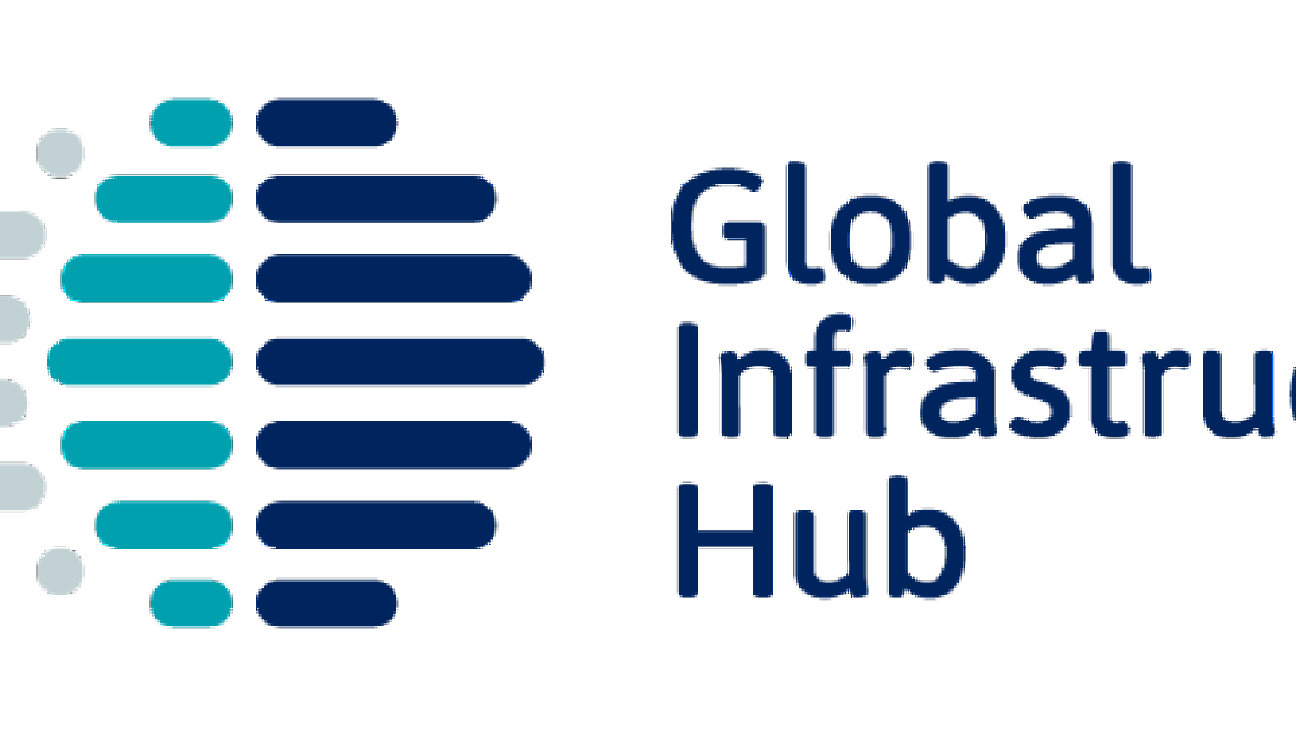An economic recession with unknown financial consequences is looming against the backdrop of a global climate crisis and health pandemic.
We should take steps now to not only rebuild from the COVID-19 pandemic but also enable the more sustainable, inclusive and resilient infrastructure that is vital to our shared future.
A critical role for infrastructure investment in economic recovery
Governments globally are deploying an unparalleled level of monetary and fiscal stimulus to manage the ongoing impact of the Covid-19 pandemic. They are under significant pressure to direct these limited resources most wisely while also managing the unique ongoing supply shock of government-mandated lockdowns.
This early stimulus response rightly focused on timely direct transfers to individuals and urgent support for firms, with fewer G20 countries including infrastructure spending in their initial rescue packages than in the early months of the Global Financial Crisis in 2009. However, as economies begin to stabilise and look towards medium-term objectives, the need for, and role of, infrastructure spending will become more prominent.
Infrastructure investment is known for its higher multiplier effect on GDP and long-run impact on raising productivity. Recent analysis by the Global Infrastructure Hub analysed over 3,000 estimates of the fiscal multiplier from over 200 academic papers from the last 25 years. This combined economic perspective supports the view that public investment is a lot more effective over the medium term than other types of public spending in increasing economic output. We also found that the fiscal multiplier of public investment has generally been higher in the contractionary phase of the business cycle and, furthermore, when interest rates are close to zero.

“Recent analysis by the Global Infrastructure Hub found that the fiscal multiplier of public investment in infrastructure has generally been higher in the contractionary phase of the business cycle and, furthermore, when interest rates are close to zero.”
The magnitude of these effects will depend on a combination of the right conditions and structural factors – including delivering quality outcomes. There is, however, a compelling case for infrastructure to be considered in plans being developed now that are designed for medium-term recovery.
A short window of opportunity to integrate transformative components
While infrastructure is a driver of economic prosperity and can provide a solid basis for strong, sustainable, balanced and inclusive growth, it is not a given that infrastructure investment will fully realise these aims without visionary planning and commitment.
As governments start investing for recovery, a common ambition remains across countries and multinational organisations to meet the increasing infrastructure need in the face of sustained population growth and urbanisation, changing technologies and service needs, and the social-environmental ambitions of the UN Sustainable Development Goals. The planning, prioritisation, design, delivery and efficiency of quality infrastructure, as defined by the G20 Quality Infrastructure Investment (QII) Principles endorsed in 2019, remains crucial even while the impacts of the COVID-19 pandemic are not yet completely understood.
How can we deploy the infrastructure needed now to achieve the transformation required for sustainable future growth? While placing environmental, resilience and inclusive goals at the centre of flagship infrastructure programs is crucial, so too are key enablers to maximise that investment and infrastructure delivery. These include:
- robust governance and regulatory frameworks
- crowding in private finance
- enhancing the efficiency of public spending, and
- leveraging technology and innovation in delivering and managing infrastructure.
For quality infrastructure outcomes, improve systems while you invest
Our InfraCompass tool compares 81 countries on big-picture variables that impact infrastructure outcomes across governance, regulatory frameworks, permits, planning, procurement, activity, funding capacity and financial markets.
While performance across many drivers has improved over the last three years, planning remains an area of chief concern. We are encouraged to see that some countries have introduced new infrastructure plans and improved their rankings. But we found that 38% of countries still do not publish infrastructure plans, and 28% do not publish pipelines of projects. This lack of coordinated planning and transparency can hinder the effective and timely development of transformative stimulus packages, which can benefit from accelerating established plans and priorities over rushed new ideas.
On the other hand, there appears to be increased readiness in procurement, with almost 40% of the countries recording improvements. Some Lower Middle-Income Countries have also reformed their procedures to issue construction permits and start businesses, in line with recommendations from the World Bank Doing Business Report, outperforming many High-Income Countries that have longer legacy processes.
GI Hub develops a broad range of tools to assist the global infrastructure community continue to turn this picture around and maximise infrastructure’s potential, by reducing the barriers to investment, improving performance including through best practice guidance, and encourage greater investment in quality infrastructure.
Collaboration is key to achieving technology adoption
A different type of enabler has emerged over the past few years and it is no longer just a ‘nice to have’: InfraTech. In a post-Covid-19 world, it has taken on a profound purpose: to ensure the continued operations of critical infrastructure in the event of future shocks and pandemics. While the benefits it can bring to infrastructure are universally recognised, there are still significant barriers to its adoption.
“In a post-Covid-19 world, InfraTech has taken on a profound purpose: to ensure the continued operations of critical infrastructure in the event of future shocks and pandemics.”
On 18 July 2020, the G20 Finance Ministers and Central Bank Governors endorsed the Riyadh InfraTech Agenda that promotes the use of technology in infrastructure. This new position shared across the G20 commits to:
- improving investment decisions over the project lifecycle
- enhancing value for money of infrastructure projects
- promoting quality infrastructure investments for the delivery of better social, economic and environmental outcomes.
The GI Hub is supporting the G20’s agenda by assisting infrastructure players to identify changes that would lead to better investment in InfraTech opportunities, starting with a use case library and a global InfraTech ecosystem. We welcome expressions of interest from industry to collaborate in the delivery of these tools and insights.
By collaborating and promoting changes that enable infrastructure investment and technology, we believe we can build back better and create the more sustainable, inclusive and resilient infrastructure that is critical to our shared future.




